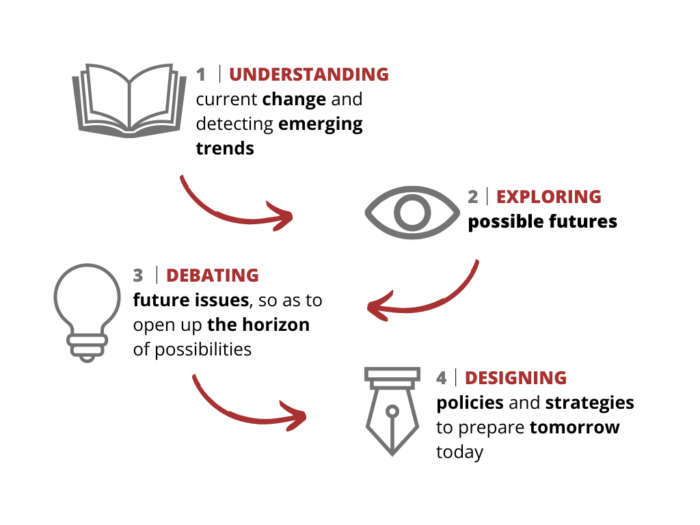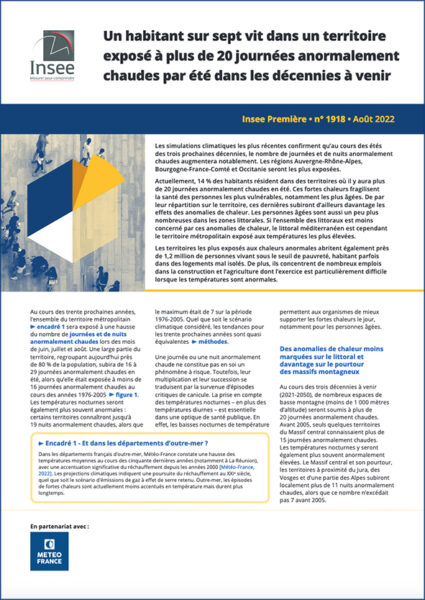A specialist in land-use planning, Jean-Paul Lacaze examines the figures from the 2004 French population census – carried out in a new way – which were published at the beginning of 2005. He recalls Alfred Sauvy’s warnings about the optical illusions that can arise from looking at annual variations rather than absolute numbers, and points out that the regions which are classed as the most attractive in population terms differ depending on the method used to rank them.
When the absolute numbers are considered, the area of France that attracts the largest inflow of population is the Île-de-France (the Paris region), closely followed by Rhône-Alpes, and then much further behind are Provence-Alpes-Côte-d’Azur and Languedoc-Roussillon. But if the ranking is based on the annual rate of change between 1999 and 2003, the order is Languedoc-Roussillon followed by Midi-Pyrénées, Aquitaine and Rhône-Alpes.
As always, how you interpret statistics, when they are available, depends on the spectacles you wear when you look at them.
Cet article fait partie de la revue Futuribles n° 307, avr. 2005



